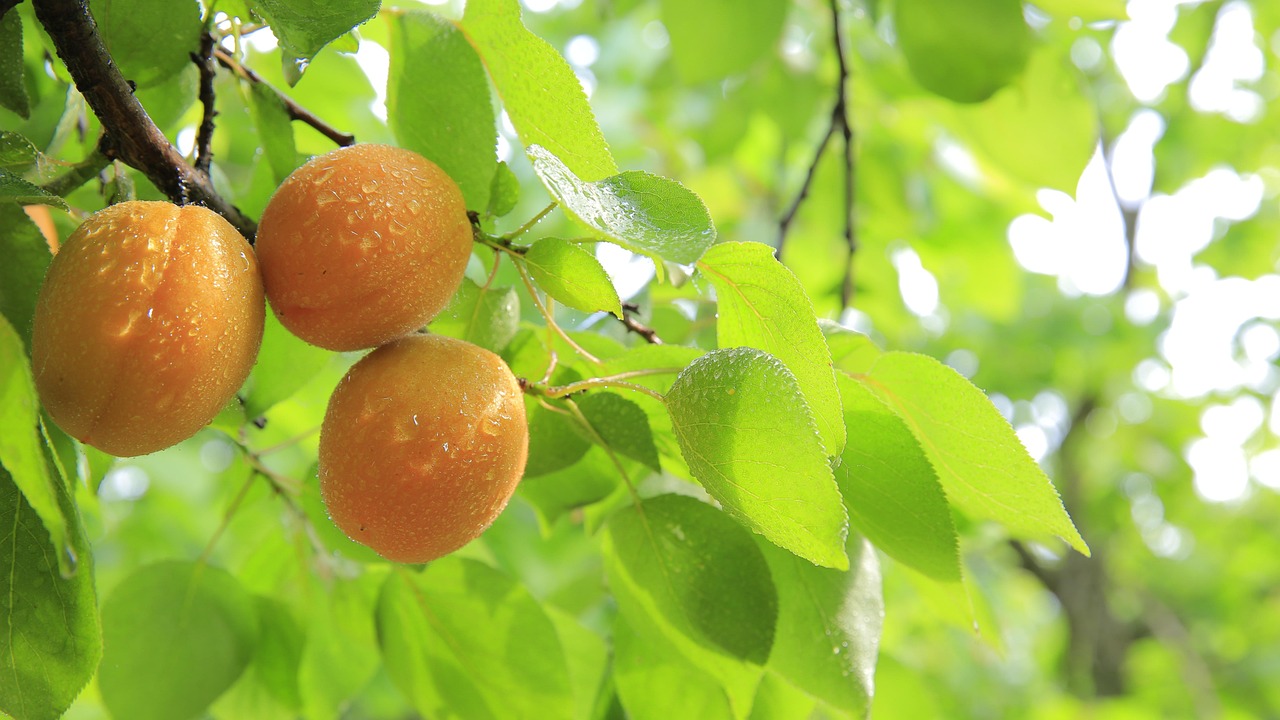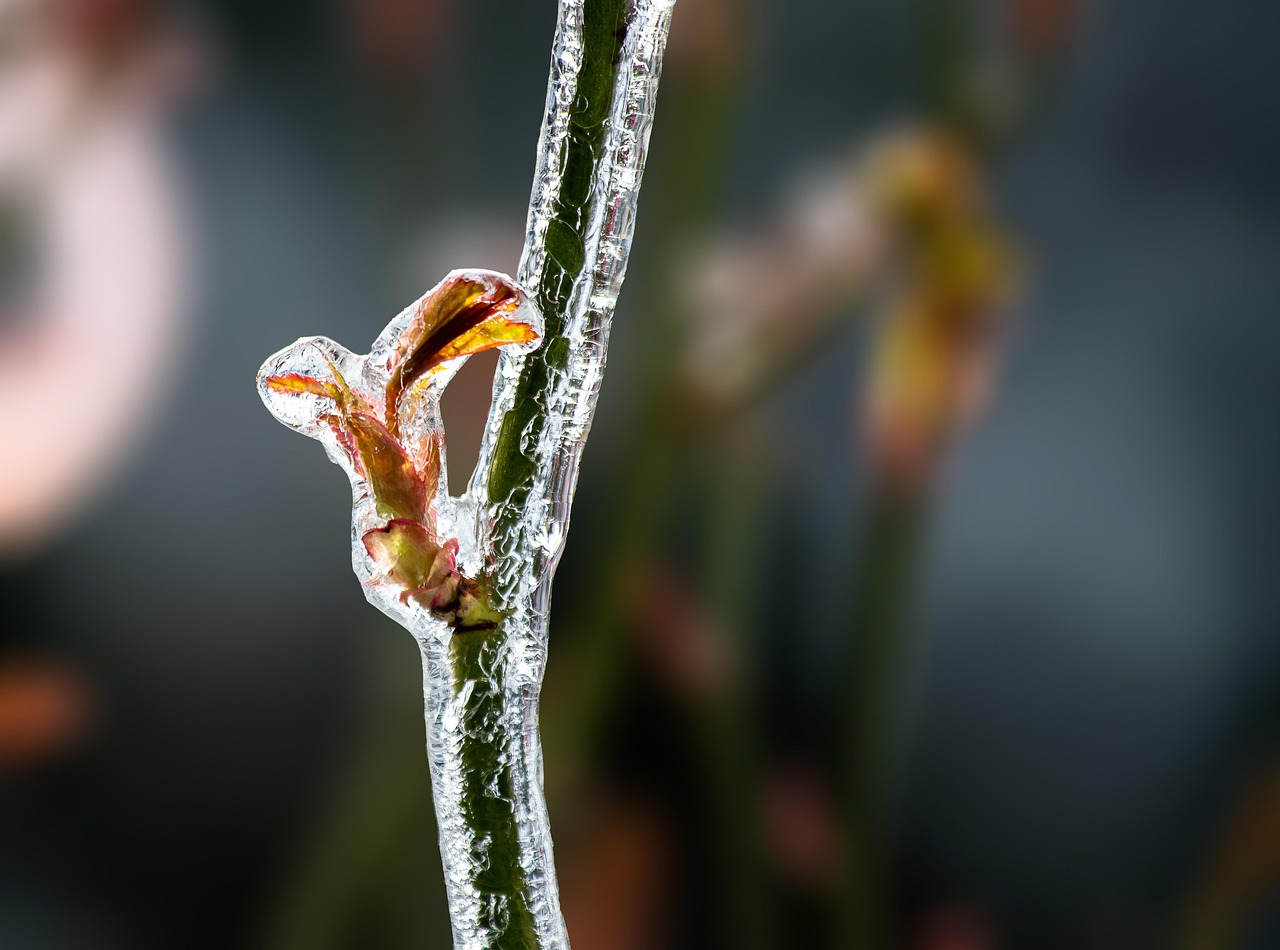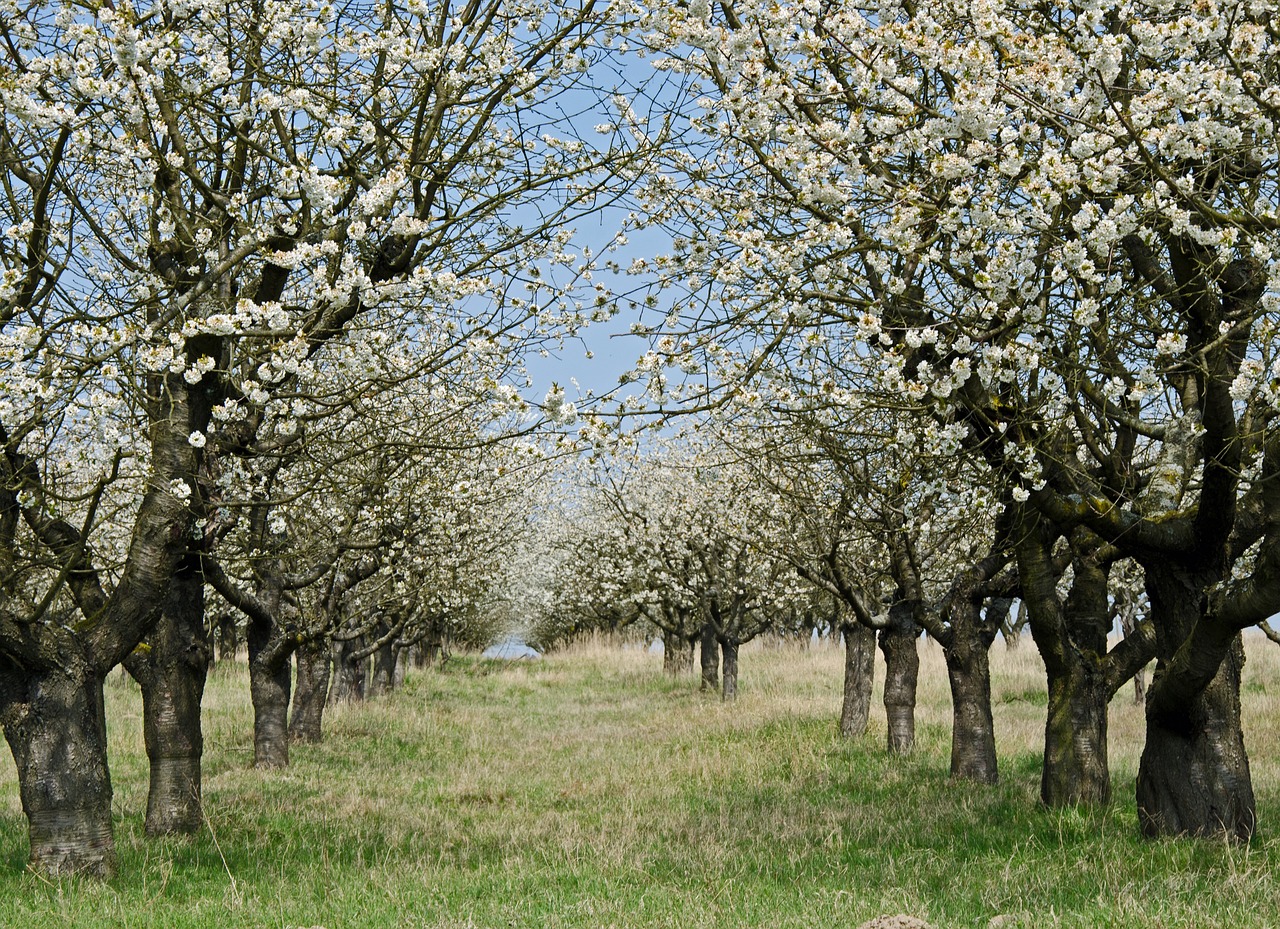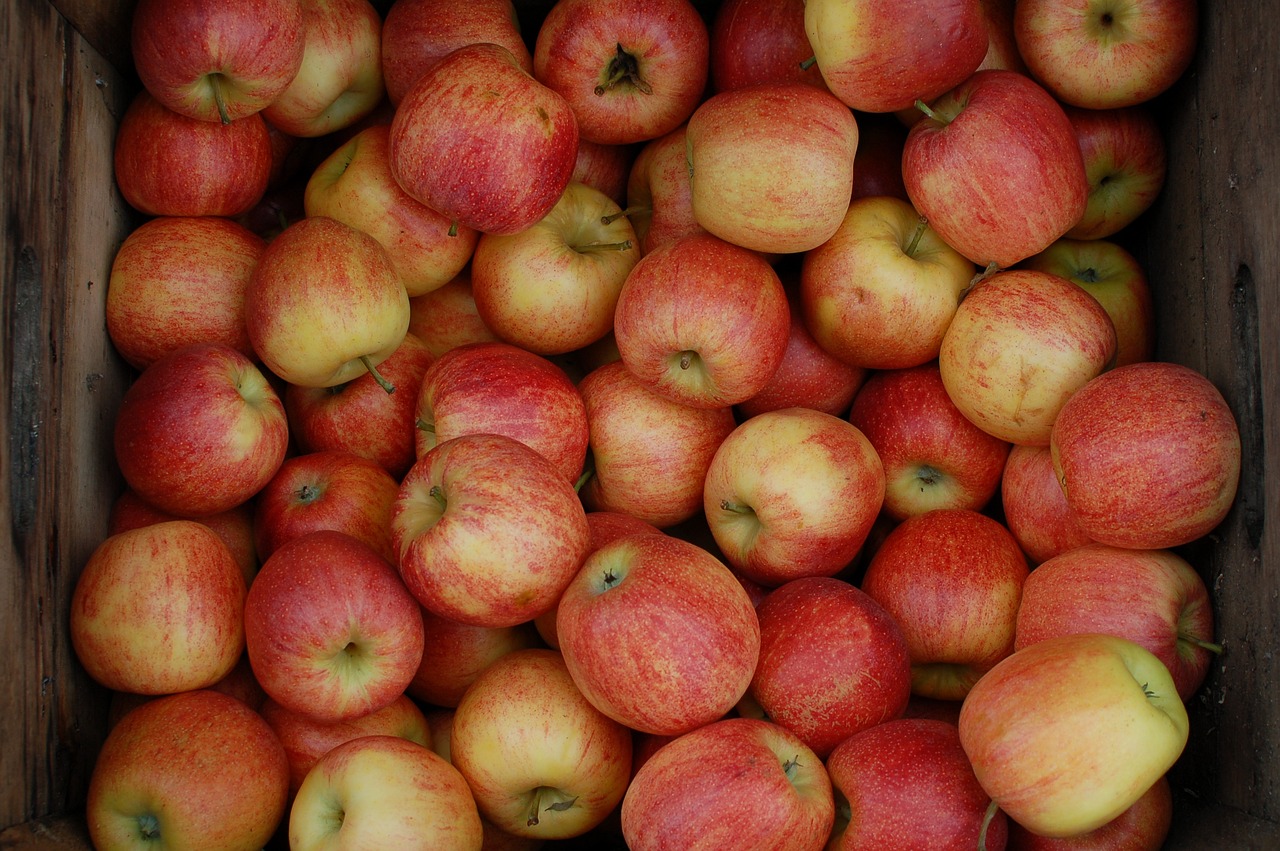
The agricultural compensation scheme provides an opportunity to partially mitigate the damage caused by the spring frost.Continue reading

The FruitVeB Hungarian Fruit and Vegetable Interbranch Organization and Product Council assessed the extent of the April frost damage in orchards by means of an online questionnaire and a telephone survey. The results show that 80 percent of the Hungarian fruit-growing area was affected by the April frosts, Világgazdaság reports.
There were heavy frosts between April 7 and 10, that in all likelihood caused significant damage to the domestic fruit sector.
While it is difficult to give a precise estimate of the extent of the crop loss, it seems certain that the fruit sector, with a production value of 120 billion forints (293 million euros), suffered tens of billions of forints in frost damage.
The online questionnaire of FruitVeB was completed by 546 businesses, that provided detailed data on 13,379 hectares, that represents 19 percent of the 70,771 hectares of fruit plantations in Hungary. Including the telephone survey, they had access to around 20-25 thousand hectares, representing 30-35 percent of the total domestic planted area, and almost half of the 50 thousand hectares of fruit production area in real production.

Photo: Pixabay
The survey’s damage figures refer to the flowers and, in the case of apricots that have already flowered, to the fruit plants, not to the expected yield loss, and should not be considered as a yield forecast, FruitVeB stressed. The territorial distribution of the frost damage is also reflected in the survey:
fruit plantations have been severely damaged.
Damage is more moderate in the Kisalföld (Little Hungarian Plain), in the southern and south-western part of the Transdanubian region and in the immediate vicinity of Lake Balaton.
In accordance with the data received by FruitVeB,
apricots and peaches suffered the most significant damage, with typical damage to flowers and small fruit of between 80 and 100 percent.
By April 7-8, apricots had finished flowering and were in small fruit stage. Based on the results of the 136 producing businesses reporting, 60 percent of the apricot plantations have total (100 percent) small fruit damage, thus no crop is expected.
In the case of peaches, the survey shows total flower damage in 46 percent of the plantations and between 80 and 99 percent flower death in 23 percent. In 21 percent of the plantations, flower damage levels of less than 40 percent can be seen, and in these areas the crop may still be good.
The situation is similar for cherries: 110 businesses reported that two thirds of the plantations have flower damage above 80 percent, and the proportion of orchards with flower damage below 40 percent is also modest (19 percent).
Frost damage is also significant in apples.
Although apples were one to two weeks before flowering at the time of the frosts, the damage is still very significant.
Based on the results of the 381 reporting enterprises, 30 percent of the orchards have total damage, with no healthy flowers, while 46 percent have damage rates between 80 and 99 percent. Only 7 percent of plantations have a level of flower damage below 40 percent, which means that the crop is still in full production.

Photo: Pixabay
At the time of the frost damage, plums had already begun to flower in many parts of the country and sour cherries were just before flowering. Damage rates vary considerably between varieties and regions for both fruit species, but overall the situation is much more favorable than for any other pome fruit or stone fruit species. For these fruit species, there is still hope of a good or acceptable harvest in about half of the plantations.
Via Világgazdaság, Featured image: Pixabay